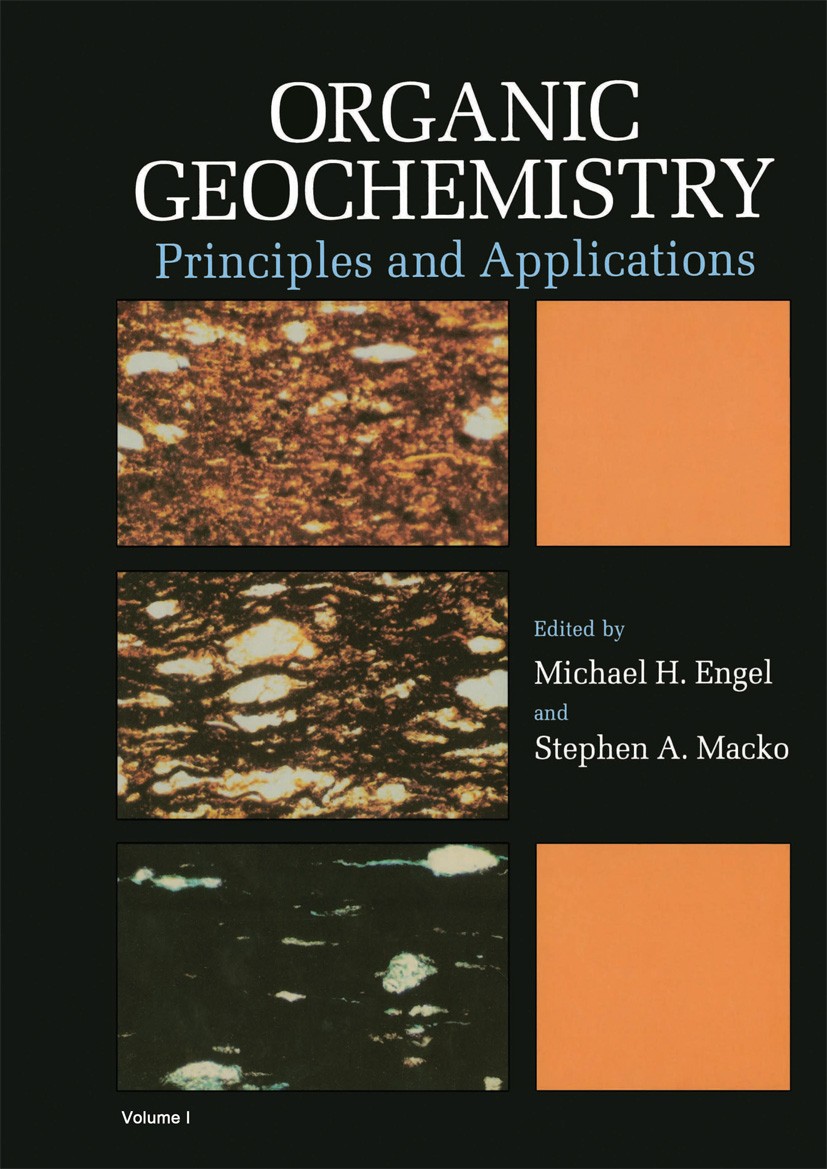Diamondoids, biomarkers, and chemofacies: Uniting insights on hydrocarbon maturation and migration in the Cline Shale, Midland Basin
IF 2.5
3区 地球科学
Q2 GEOCHEMISTRY & GEOPHYSICS
引用次数: 0
Abstract
Basinal mudrocks within the Wolfcamp Group of the Midland Basin, including the Cline Shale (Wolfcamp-D) interval, have proven to be prolific producers of oil and gas. However, predicting hydrocarbon distribution within the Cline Shale remains challenging due to its complex lithological heterogeneity and geochemical variability. In this study, molecular techniques and chemometrics were applied to address this challenge by: (1) characterizing the chemo-stratigraphically distinct depositional units of the Cline Shale, (2) understanding the role of lithological facies in hydrocarbon distribution, and (3) correlating produced-oil samples with the most productive zones within the Cline Shale.
Results reveal that the Cline Shale is dominated by marine-derived organic matter, with minimal terrigenous input. The sediments, currently in the peak-to-late oil window, exhibit distinct variations in redox conditions, paleoproductivity, and organic matter preservation across the Upper, Middle, and Lower intervals. Biomarkers such as terpanes, hopanes, and steranes highlight these variations. Further analysis using Quantitative Diamondoid Analysis (QDA) indicates notable differences in maturity and hydrocarbon cracking that cannot be explained solely by burial depth (∼300 ft difference). The highly mature oil in the Upper Cline appears to have been generated locally, whereas condensate in the Lower Cline is likely the result of lateral migration from deeper, more mature intervals. Quantitative Extended Diamondoid Analysis (QEDA) supports this by correlating oil samples from a nearby well to extracts from siliceous mudstones in the Upper Cline.
金刚石类、生物标志物和化学相:对Midland盆地Cline页岩油气成熟和运移的统一认识
米德兰盆地Wolfcamp组的盆地泥岩,包括Cline页岩(Wolfcamp- d)层段,已被证明是油气的高产产层。然而,由于Cline页岩具有复杂的岩性非均质性和地球化学变异性,预测其油气分布仍然具有挑战性。在这项研究中,分子技术和化学计量学应用于解决这一挑战,通过:(1)表征Cline页岩的化学地层不同沉积单元,(2)了解岩性相在油气分布中的作用,(3)将产油样品与Cline页岩内最高产带进行对比。结果表明,克莱因页岩以海相有机质为主,陆源有机质输入极少。目前,这些沉积物处于峰值至晚期的含油窗口,在上、中、下三个层段的氧化还原条件、古生产力和有机质保存方面表现出明显的差异。萜烷、藿烷和甾烷等生物标志物突出了这些变化。使用定量金刚石分析(QDA)进一步分析表明,成熟度和碳氢化合物裂解的显著差异不能仅仅用埋深(约300英尺的差异)来解释。上斜的高成熟油似乎是局部生成的,而下斜的凝析油可能是更深、更成熟层段侧向运移的结果。定量扩展金刚石分析(QEDA)通过将附近油井的石油样品与上克莱恩的硅质泥岩提取物进行对比,支持了这一观点。
本文章由计算机程序翻译,如有差异,请以英文原文为准。
求助全文
约1分钟内获得全文
求助全文
来源期刊

Organic Geochemistry
地学-地球化学与地球物理
CiteScore
5.50
自引率
6.70%
发文量
100
审稿时长
61 days
期刊介绍:
Organic Geochemistry serves as the only dedicated medium for the publication of peer-reviewed research on all phases of geochemistry in which organic compounds play a major role. The Editors welcome contributions covering a wide spectrum of subjects in the geosciences broadly based on organic chemistry (including molecular and isotopic geochemistry), and involving geology, biogeochemistry, environmental geochemistry, chemical oceanography and hydrology.
The scope of the journal includes research involving petroleum (including natural gas), coal, organic matter in the aqueous environment and recent sediments, organic-rich rocks and soils and the role of organics in the geochemical cycling of the elements.
Sedimentological, paleontological and organic petrographic studies will also be considered for publication, provided that they are geochemically oriented. Papers cover the full range of research activities in organic geochemistry, and include comprehensive review articles, technical communications, discussion/reply correspondence and short technical notes. Peer-reviews organised through three Chief Editors and a staff of Associate Editors, are conducted by well known, respected scientists from academia, government and industry. The journal also publishes reviews of books, announcements of important conferences and meetings and other matters of direct interest to the organic geochemical community.
 求助内容:
求助内容: 应助结果提醒方式:
应助结果提醒方式:


